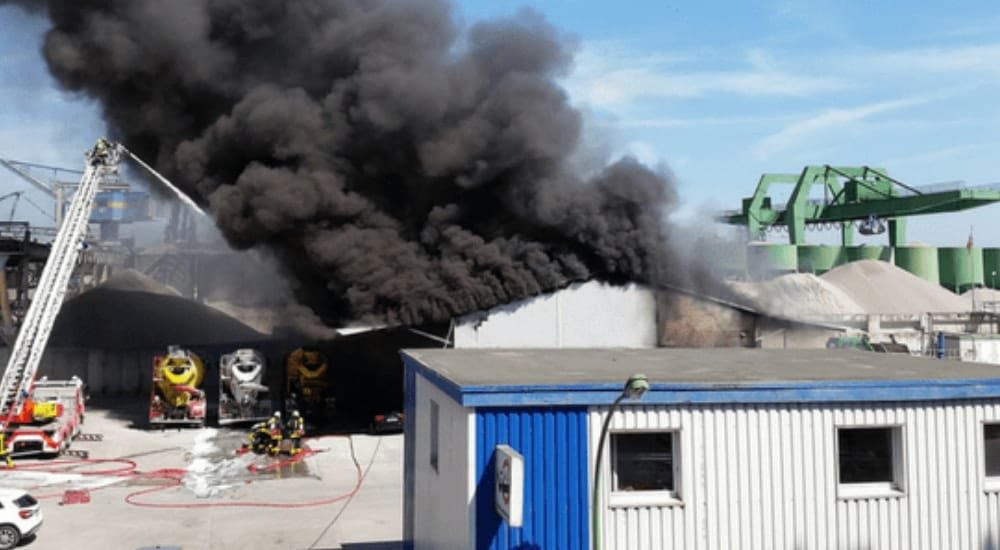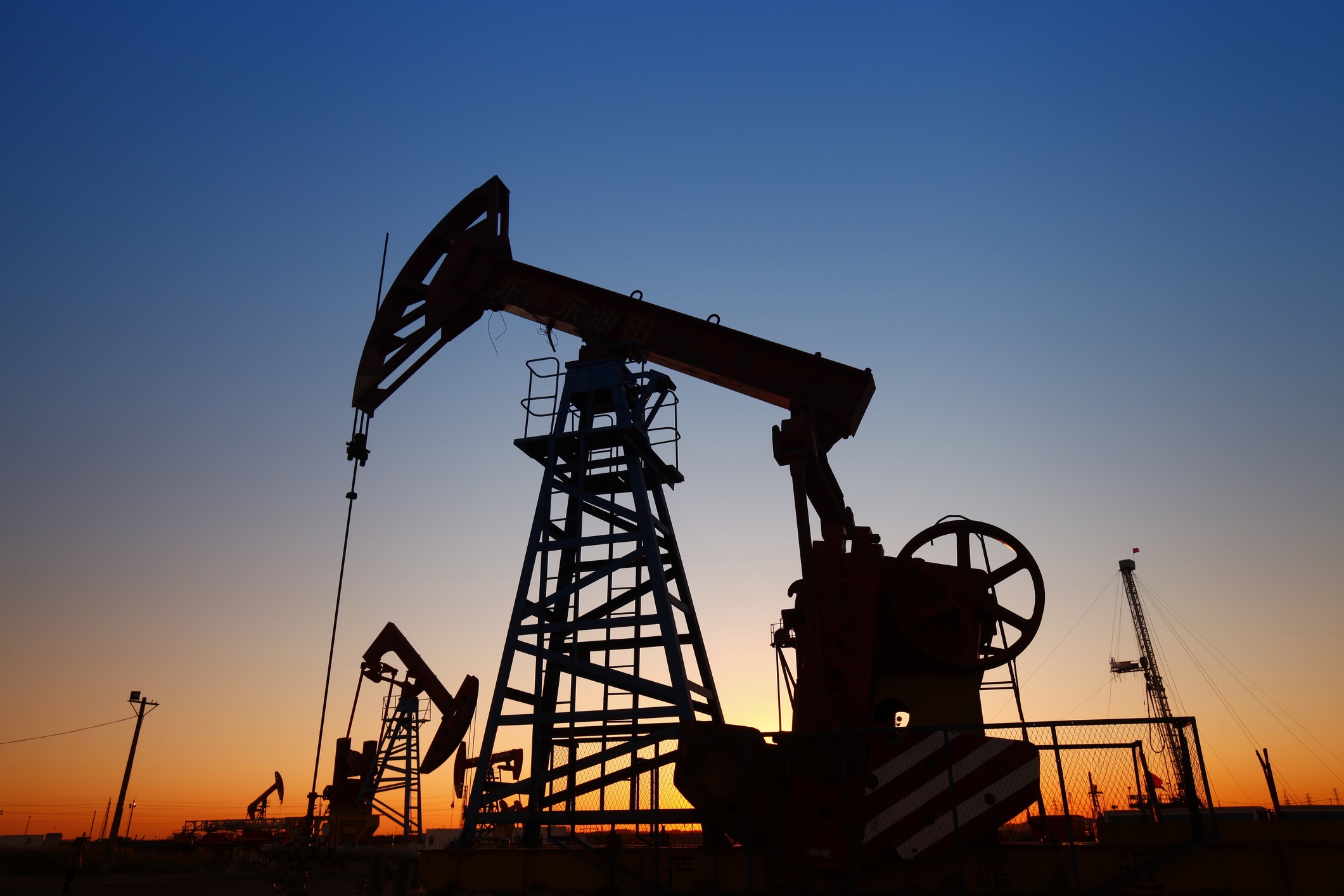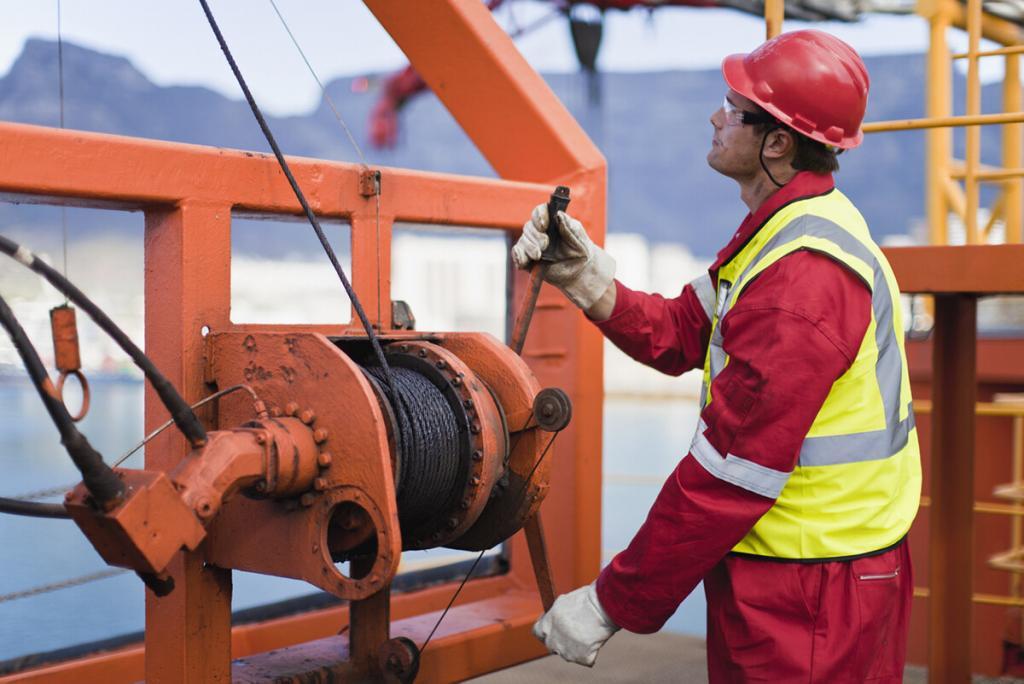

Introduction
Working in the oil and gas industry exposes workers to numerous risks, leading to potential oilfield injuries. These injuries can range from minor cuts and bruises to life-threatening conditions like burns and fractures. The causes are varied, but often they can be traced back to a few common circumstances.
Overview of oilfield injuries and their impact
Inadequately Trained Workers: Insufficient training can lead to inexperienced or unaware workers committing errors that result in injuries. It’s paramount to properly train employees on best safety practices, operation of machinery, and emergency protocols. Given the high-risk nature of the oil and gas industry, adequate training can’t be neglected.
Defective Equipment: Over time, oilfield equipment can wear and tear, or malfunction, leading to accidents and injuries. Regular inspection and proper maintenance of all equipment to ensure it’s in good working condition is crucial to prevent such instances.
Effectively addressing these issues can help reduce the occurrence of oilfield injuries and improve overall workplace safety.
Inadequate Training
Proper training is essential in every industry, but it’s critical for oilfield workers due to the hazardous nature of the job. [Oilfield work] demands a high level of safety consciousness, specialized knowledge, and certain set of skills to execute tasks without risking the workers’ safety or causing an environmental disaster.
Importance of proper training for oilfield workers
Proper training equips oilfield workers with the necessary skills and knowledge to work effectively, safely, and confidently in the field. It teaches them to control, monitor, and manage oil and gas productions, and how to respond in case an emergency arises.
Consequences of inadequately trained workers
When workers lack adequate training, they are more likely to make errors, leading to potential severe injuries or explosions due to mishandling of petroleum substances or machinery. Worker negligence and improper handling of equipment are common causes of accidents and this negligence could stem from inadequate training.
Defective Equipment
In the vast, complex operations of oilfields, even the smallest defect in equipment can trigger a chain of events leading to serious injuries. Oilfields are rife with heavy machinery and intricate systems that require not only proper maintenance but also regular testing to guarantee asset integrity and personal safety.
The dangers of using defective equipment in oilfield operations
The faulty equipment: It cannot be overstated how dangerous defective equipment can be in an oilfield environment. Reportedly, equipment failure accounts for a significant number of accidents in the industry. Machinery such as drilling rigs, well control equipment, and vehicles, if poorly maintained or inherently defective, can cause crashes, fires, explosions, and other accidents that may not only be debilitating but deadly.
Examples of defective equipment leading to injuries
A tragic tale of defective machinery: A case in point is the Deepwater Horizon disaster, where faulty well control equipment resulted in one of the worst oil spills in history, killing 11 workers and causing severe environmental damage. Such incidents serve as harsh reminders that safety should be paramount in oilfield operations, and that includes the critical task of ensuring all equipment is in optimal working condition.
In just 77 words, it’s impossible to cover all the pervasive dangers and potential consequences of defective equipment in oilfields. Nonetheless, it’s imperative to highlight this issue as one of the major contributors to oilfield injuries, cultivating awareness and prompting steps towards more comprehensive safety measures.
Lack of Safety Protocols
In the often challenging and hazardous environment of an oilfield, safety protocolsbecome the pivotal point to prevent accidents. Unfortunately, some companies pay less attention to these guidelines, leading to catastrophic results.
Importance of Implementing and Following Safety Protocols in Oilfield Sites
Safety protocols: in oilfield sites are designed to ensure the well-being of the workers as well as the smooth running of operations. They are crucial as they provide guidelines that spot potential risks and describe measures to prevent accidents.
Consequences of Not Following Safety Protocols
Neglecting safety protocols: can inadvertently cause severe injuries, costly damages and even loss of life. Thus, it’s essential for companies to stress on their importance to prevent tragic outcomes.
Chemical and Toxic Exposure
In the oil industry, chemicals and toxic exposure are prevalent and pose significant health risks. Many components of petroleum are hazardous, leading to a myriad of injuries under varying circumstances.
Risks of chemical and toxic exposure in the oilfield industry
Exposed workers: often encounter substances such as benzene, hydrogen sulfide, and other toxic gases which can lead to various health complications, including respiratory issues and cancer.
Common scenarios leading to exposure-related injuries
Equipment failure: leaks and spills can expose workers to these harmful substances. Strict procedures and preventive measures are crucial to avert these situations and safeguard employees’ health.

Heavy Lifting and Manual Handling
One of the most common causes of oilfield injuries is heavy lifting and manual handling.
Hazards associated with heavy lifting and manual handling in oilfield work
Heavy lifting and manual handling can lead to a variety of injuries, most notably, musculoskeletal injuries such as sprains and strains. Furthermore, workers could also suffer from herniated disks while lifting heavy equipment, leading to long-term complications.
Preventing injuries through proper techniques and equipment
To avoid these injuries, proper lifting techniques – such as bending at the knees, keeping the load as close to the body as possible, and avoiding twisting or rotating the body – are crucial. Furthermore, using appropriate protective equipment can also help prevent accidents.
Falls and Accidents
Falls and accidents in oilfield sites are a prevalent source of injuries, often caused by a combination of factors including inadequate training, defective equipment, and unsafe work conditions.
Factors contributing to falls and accidents in oilfield sites
Inadequate Training: Lack of proper training can lead to catastrophic accidents. Workers who aren’t trained to operate machinery and equipment safely are more susceptible to accidents.
Defective Equipment: Often, accidents occur due to malfunctioning or poorly maintained equipment. These factors may significantly contribute to critical injuries on the job site.
Preventive measures to minimize fall-related injuries
Comprehensive Training: Providing comprehensive training to workers can significantly reduce accidents.
Regular Equipment Checks: Regular checks and maintenance of work equipment can prevent malfunctioning, thus preventing accidents and minimizing injuries in the oilfield.
In sum, proper education and regular equipment checks are crucial to ensuring the safety of oilfield workers.
Fatigue and Long Working Hours
In the oil and gas industry, oilfield workers often face long working hours, leading to fatigue. This can significantly affect their concentration and physical abilities, increasing the possibility of accidents and injuries.
Impact of fatigue and long working hours on oilfield worker safety
Fatigue and long working hours can gravely impact an oilfield worker’s safety. Tiredness impairs a worker’s ability to make decisions, react promptly to situations, and maintain focus, creating a higher risk of accidents.
Importance of implementing rest and break schedules
Rest and break schedules are crucial to ensuring that workers have adequate periods to rejuvenate physically and mentally, lowering the likelihood of fatigue-induced accidents.

Conclusion
In an industry as challenging and hazardous as the oilfield industry, it is vital that safety is taken seriously. Inadequate training and defective equipment undeniably contribute to unnecessary accidents and injuries.
Promoting safety awareness and preventive measures in the oilfield industry
Companies operating in the oilfield industry must prioritize safety training and ensure workers are adequately trained and equipped with safe, functional equipment.
Steps to take to reduce the occurrence of oilfield injuries
Oilfield companies can reduce accidents by dedicating resources to safety training, equipment inspection, maintenance, and replacement when necessary. Hold frequent safety meetings and implement strict adherence to safety protocols. These are the critical steps in turning the tide on oilfield injuries.


